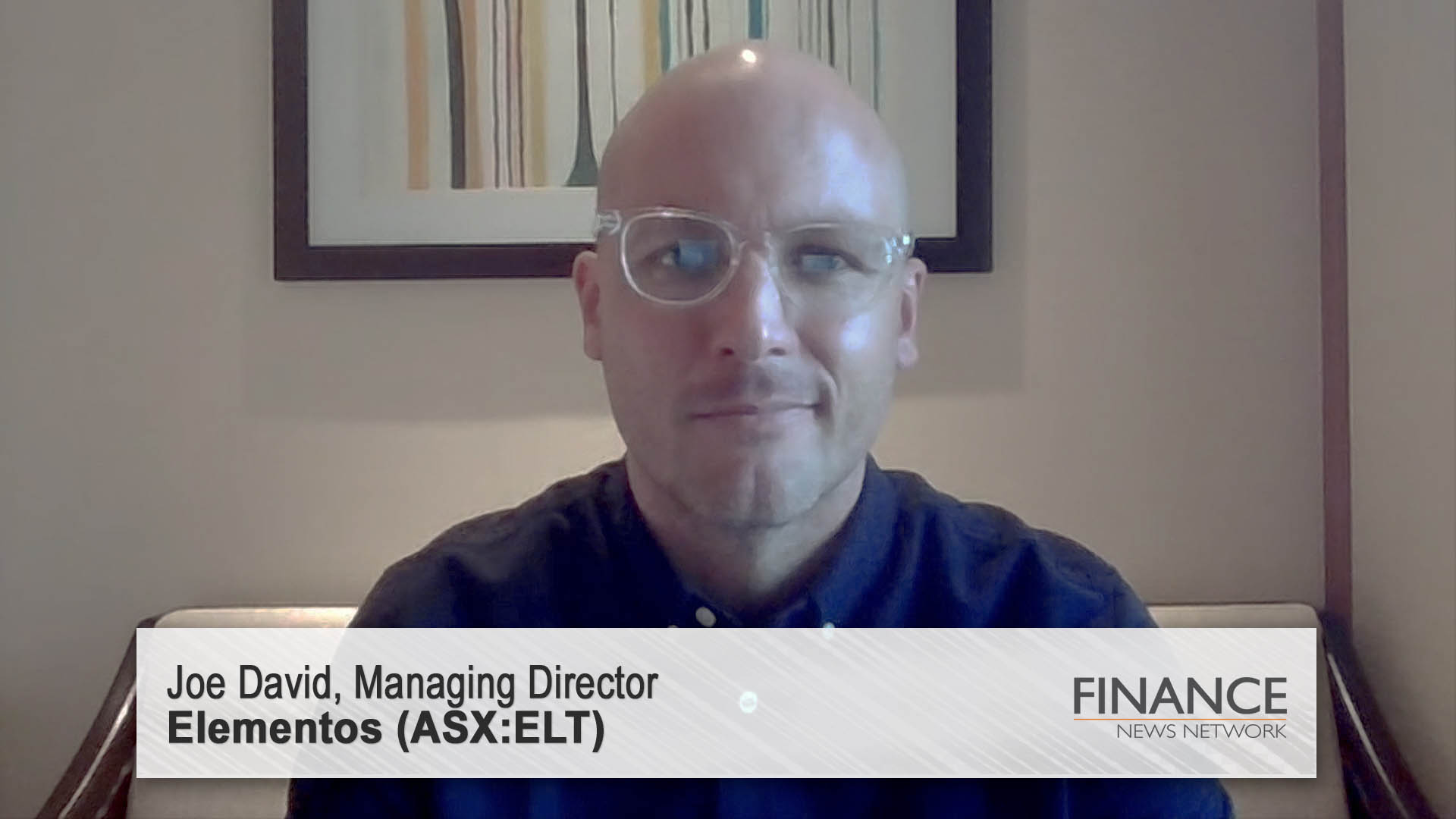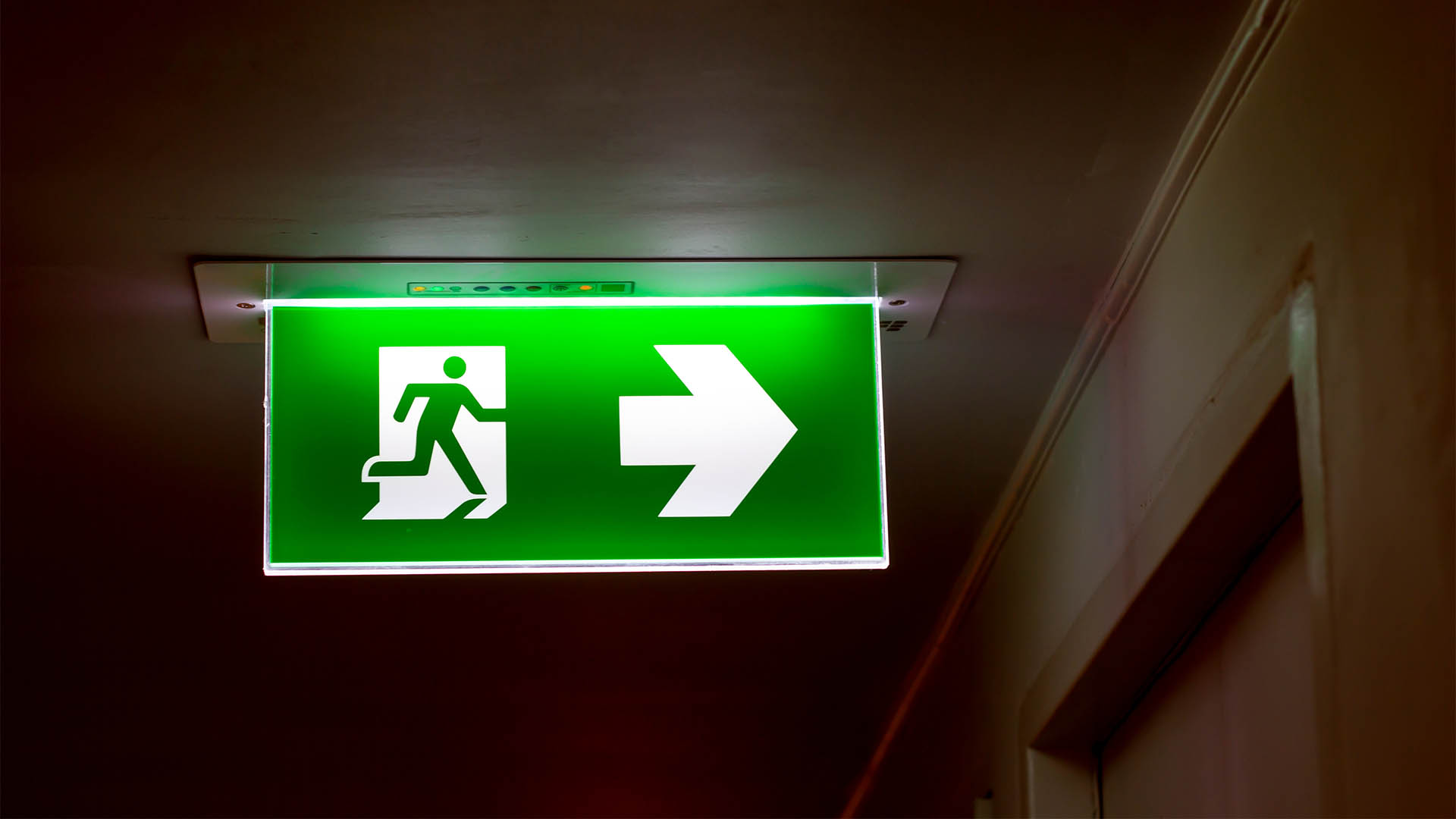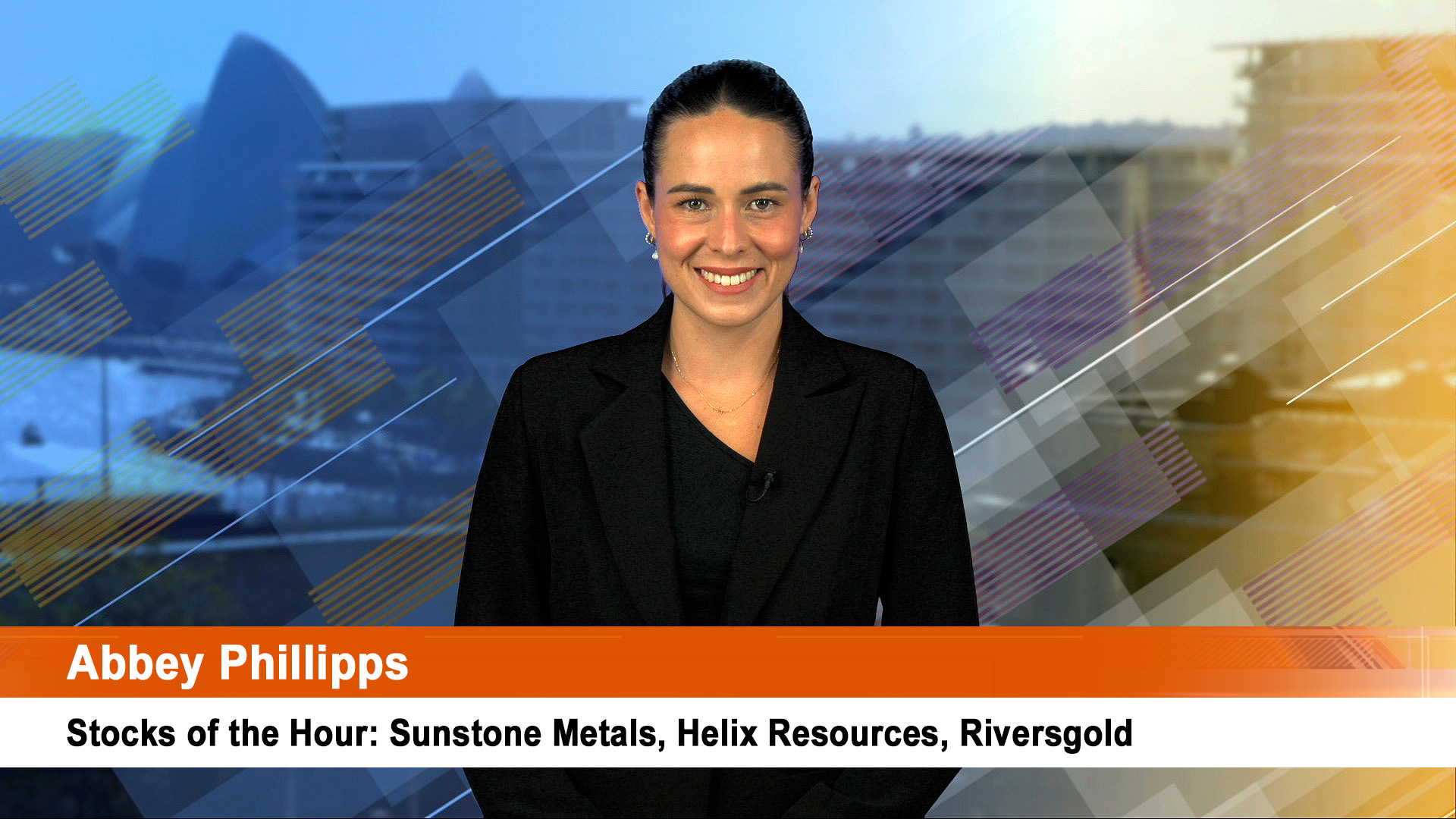
Warren Buffett did it again this week, launching his biggest ever takeover which defines his optimism in America’s future and makes an emphatic statement about the financial strength of his Berkshire Hathaway company.
And, I suppose, there’s the added bonus of showing up all the naysayers who were whispering a year ago that he was ‘under pressure’ and could be badly damaged by the financial crunch and recession.
There may be a financial cost: a ratings agency has warned that it may downgrade the credit standing of Berkshire Hathaway, his master company and the one that launched this week’s $US44 billion (total value) deal for the Burlington and Northern Santa Fe Railroad.
That’s because the takeover will chew up a large chunk of the $US20 or billion so dollars left in his cash pile after he’s spent around $US20 billion in the past year making some very smart investments.
Anyway, we will get an updated view of Berkshire’s financial health tonight when it reports third quarter earnings in the US.
But already the takeover offer for Burlington reveals the thinking that has made Buffett an investment legend and his long term view of the attractiveness of the US economy.
And the long term means well after the 78 year old has gone from this world.
A year ago and in the early months of 2009, many in the markets were wondering if Buffett has met his match.
Berkshire shares were down sharply (but not as much as the market was down, it must be said) and some had concerns about the potential damage a series of financial derivatives (bets against the US stockmarket) might do to his reputation and the financial strength of the group.
Well he was so badly damaged that he has emerged as the biggest winner so far from the crunch.
He and Berkshire offered vital financial support to, and potentially helped to save Goldman Sachs and General Electric in the depths of the crunch. He also bought debt from Harley Davidson and Tiffany’s.
Interestingly, he has sold down his large holding in Moody’s, the credit rating group, in recent months. Berkshire remains Moody’s biggest shareholder at the moment.
But it’s the Burlington deal that seems to have restored him to the top of the smart money tree.
Berkshire is spending $US26.6 billion to buy the 77%-78% it doesn’t own of Burlington, America’s second biggest railroad.
It’s a deal that is an out and out bet on the future of coal as America’s major source of electrical power for decades to come and a bet that the American economy will recover to something approaching its pre-crunch glory. It values the total rail group, including debt at $US44 billion.
"It’s an all-in wager on the economic future of the United States,” Buffett said in a statement, adding railroads will benefit in a recovery. "I love these bets."
"Our country’s future prosperity depends on its having an efficient and well-maintained rail system," Buffett said in a statement.
The Financial Times Lex column was a bit more restrained, saying.
"Taking a long-term view on an industry, company and management is Mr Buffett’s classic strategy.
"The capex-heavy rail sector enjoys the kind of defensive, competitive advantages – or, in his parlance, “moats” – that Mr Buffett seeks out.
"In spite of weaker operating trends this year, it has recently thrown off cash over the cycle.
"The rate at which Burlington converts its profits into cash has fallen from a peak of more than 80 per cent to 55 per cent this year, estimates Davenport & Company.
"But the company should still generate $870m in free cash flow this year, after capital expenditure of more than $2.5bn."
So, cash heavy, a strategic position, and some added benefits of huge property holdings and part of what will become a more vital piece of infrastructure in the US as it slowly becomes greener and more carbon conscious.
It could be one of those deals that helps lift America’s flagging confidence because of Buffett’s wide appeal to Americans of all types as a great American hero. (He’s not a banker).
It is also a bet that Australia will find encouraging, with our heavy dependence on carbon in our exports and economy.
Some US commentators have claimed it is also a punt on new clean coal technologies coming to the fore in the next decade (Buffett may not be around to see that). It also gives defacto support for some sort of emissions/carbon trading and control system.
For a country the size of the US, it is also a punt on rail becoming a dominant mode of transport when compared to road which has a higher carbon use and footprint.
It is also a bet that, whatever system of carbon control and reduction America adopts, the cost of carbon will rise, making trucking more and more expensive, and in turn helping rail to become more attractive as a transport mode, especially over shorter distances.
So even if coal carriage falls as less is consumed, more general cargo, grain etc, will be carried on Burlington.
But Burlington will still be carrying lots of coal every year for years to come, plus some oil and other products.
It is also a huge grain carrier (food), as well as cars and other consumer and industrial goods.
More than a quarter of its $US10.7 billion in revenues in the first nine months of this year comes from coal transported from the huge Powder River Basin coal mining













